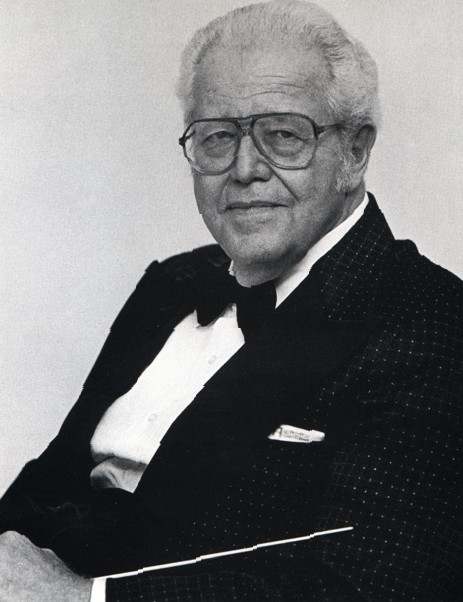Part One
FADE UP
It is a Bright and Sunny day as the sequined curtain rises on tinsel town, and the excitement of a new day filled with the possibility of The Big Payoff is practically palpable. The band kicks off the show in high gear and all is well as we suddenly hear:
CUT TO DESERT
A lone shakuhachi flute usher the arrival of something really VERY bad.
CUT BACK TO BAND
A relaxed rhumba. showgirls blissfully jiggle.
CUT TO MILITARY COMMAND CENTER (stock footage)
Morse code signals the confirmation of approaching doom.
CUT BACK TO BAND
The players finish off their third set and head for the bar; outside we hear:
SLOW ZOOM
Oh no, oh no, oh no, it’s:
CLOSE UP
Godzilla! Glorious Godzilla!
VARIOUS QUICK CUTS (stock footage)
Godzilla destroys cars, screaming tourists, ect.
CUT BACK TO BAND
The band, quasi Greek Chorus, calls for Godzilla to Mambo.
GODZILLA, FULL FRAME
Godzilla mambos, casually crushing hysterical Vegans without missing a step.
EXTREME CLOSE UP
A tiny terrier barking bravely, then:
CUT BACK TO GODZILLA
Demolishing everything in his path… not even the doggie escapes!
WIDE PAN
As Godzilla heads down the strip, searching relentlessly for:
CLOSE UP (stock footage)
Frank Sinatra (Stomped!)
CLOSE UP (stock footage)
Wayne Newton (Stamped!)
CLOSE UP (stock footage)
Liberace (Stepped upon!)
VARIOUS CUTS
The Village Gods destroyed, Godzilla continues his carnage until the City of Sin is leveled!
Part Two
FADE UP
A fearless army of Elvises (Elvi) appear in the distance, formation marching through the littered streets
VARIOUS CLOSE UPS
The Elvi attack, using bombers, missiles, ect.
EXTREME CLOSE UP
One wicked laugh from Godzilla and the Elvi scatter like mice!
QUICK CUT (stock footage)
The Sphinx sits outside The Luxor, looking seductive in a Mae West sort of way.
CLOSE UP
Godzilla takes one look and his eyes pop out of his head.
QUICK CUTS
The Sphinx (Sphinxtress?) seduces the Reptile, who instantly falls in love and begins to…
WIDE SHOT
…tango with her.
SPLIT SCREEN
As they dance, the Elvi slowly regroup and head for the:
QUICK CUT (stock footage)
Pirate ships at Treasure Island
ACTION SEQUENCE (MONTAGE)
The Elvi approach the dancing monster and launch a ferocious volley of cannonballs directly at him.
QUICK CLOSE UPS
The cannonballs find their mark, and Godzilla:
WIDE SHOT
Falls to the ground, annihilated. The Elvi are triumphant!
CROSSFADE
The lounge is open again, and the city of Las Vegas toasts the victory. The scene climaxes with:
VARIOUS CUTS (stock footage)
People happy, tearful, ect. Stock footage, stock music.
SLOW FADE OUT AND FADE UP
A dark, ominous, and very familiar sound…
SLOW ZOOM
Godzilla lives! Godzilla lives! Complete terror (possible sequel?).
WIDE SHOT
The Show is over. The End.
FADE TO BLACK






